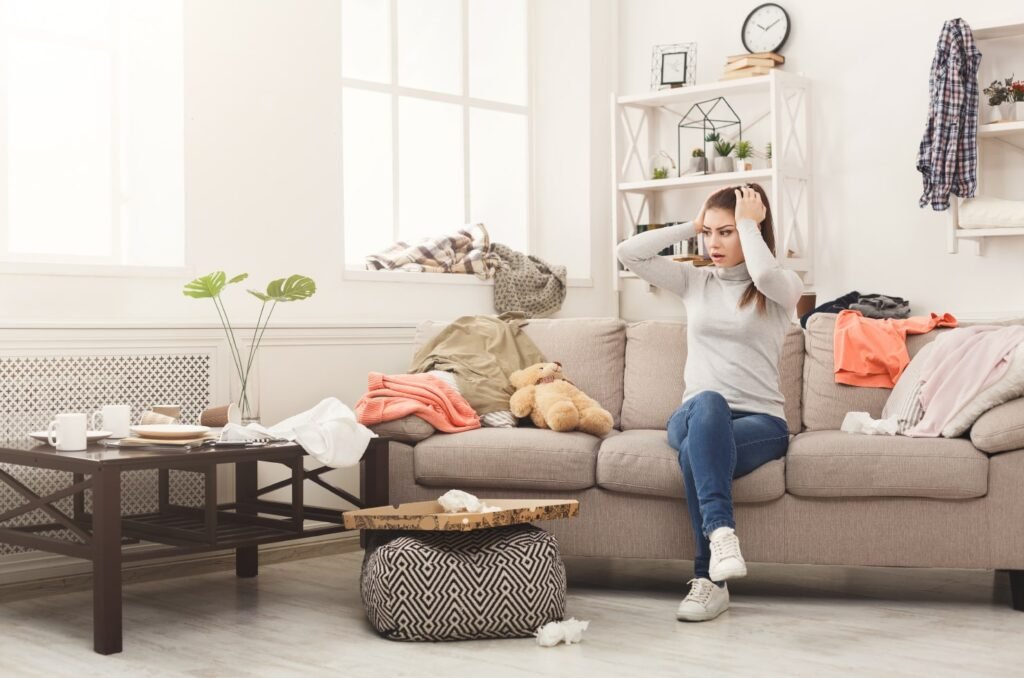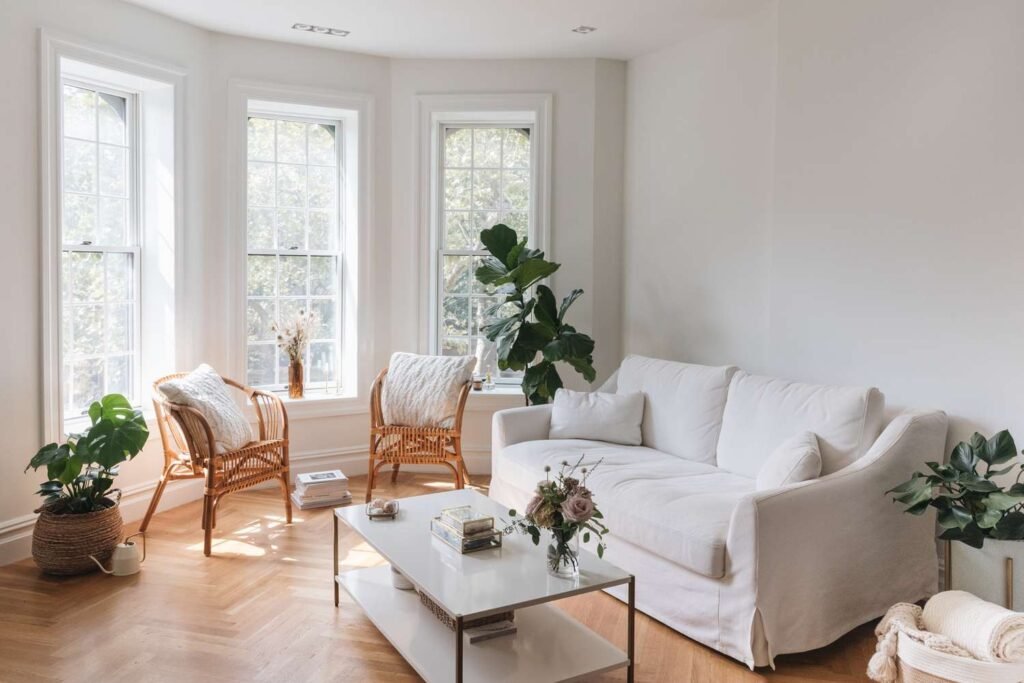
The length of time it takes to finalize a divorce in New Jersey varies depending on several factors, including the complexity of the case, the willingness of both parties to cooperate, and whether the divorce is contested or uncontested. Understanding these elements can help you set realistic expectations and better navigate the divorce process.
Uncontested vs. Contested Divorce
When somebody decides to end the marriage, it is natural for them to wonder what are the different stages of a divorce in New Jersey? The first and most significant factor that influences the timeline of a separation in New Jersey is whether the divorce is uncontested or contested.
Uncontested Divorce
In an uncontested divorce, both spouses agree on all terms, including asset division, child custody, and spousal support. This type of divorce tends to move more quickly because there is no need for a prolonged legal battle or trial. The process can take anywhere from a few months to six months. If all paperwork is filed correctly and timely, the process may take as little as 3-4 months from start to finish.
Contested Divorce
A contested divorce occurs when the spouses cannot agree on key issues and require the court’s intervention to resolve their differences. It is more time-consuming and can take anywhere from 9 months to over a year, depending on the complexity of the case and the number of disagreements. Legal disputes over child custody or significant financial assets can prolong the process, requiring multiple court hearings.
Factors That Influence the Timeline
Several other factors can affect how long a divorce takes in New Jersey:
Mandatory Waiting Periods
New Jersey does not have a formal “cooling-off” period like some other states, but there are waiting periods depending on the grounds for separation. For example, if it is based on irreconcilable differences, couples must prove that the marriage has been broken for at least six months before filing for divorce. This waiting period can affect the overall timeline if the separation hasn’t been long enough.
Filing Requirements and Paperwork
The divorce process officially begins when one spouse files a complaint for divorce. In uncontested cases, both parties submit a marital settlement agreement outlining the terms. Errors in filing or missing documents can lead to delays. Working with a lawyer or using online services may streamline this process and reduce delays.
Court Schedules
In New Jersey, like many states, court availability can affect the timeline of your divorce. If you’re in a contested divorce, the scheduling of hearings can be influenced by how busy the court system is, which can add months to your case. Some courts are more backlogged than others, so where you file may also be a factor.
Mediation and Settlement
Many divorces require some form of mediation or negotiation, especially in contested divorces. Mediation can help resolve disputes outside of court and expedite the process. However, failed mediation efforts can prolong the case. Mediation or settlement discussions can take weeks or months depending on how complex the issues are and how amicable the parties are.
Typical Stages in a New Jersey Divorce
Understanding the stages of divorce in New Jersey can provide a clearer sense of the timeline. Here are the key steps:
Filing for Divorce
The divorce process begins with one spouse filing a Complaint for …
 A clutter-free home is more than just visually appealing—it promotes a sense of peace and efficiency. Whether you live in a compact apartment or a sprawling house, optimizing your space through decluttering and smart storage can make your living environment more enjoyable and functional. Here’s a comprehensive guide to help you transform your home into an organized haven.
A clutter-free home is more than just visually appealing—it promotes a sense of peace and efficiency. Whether you live in a compact apartment or a sprawling house, optimizing your space through decluttering and smart storage can make your living environment more enjoyable and functional. Here’s a comprehensive guide to help you transform your home into an organized haven.